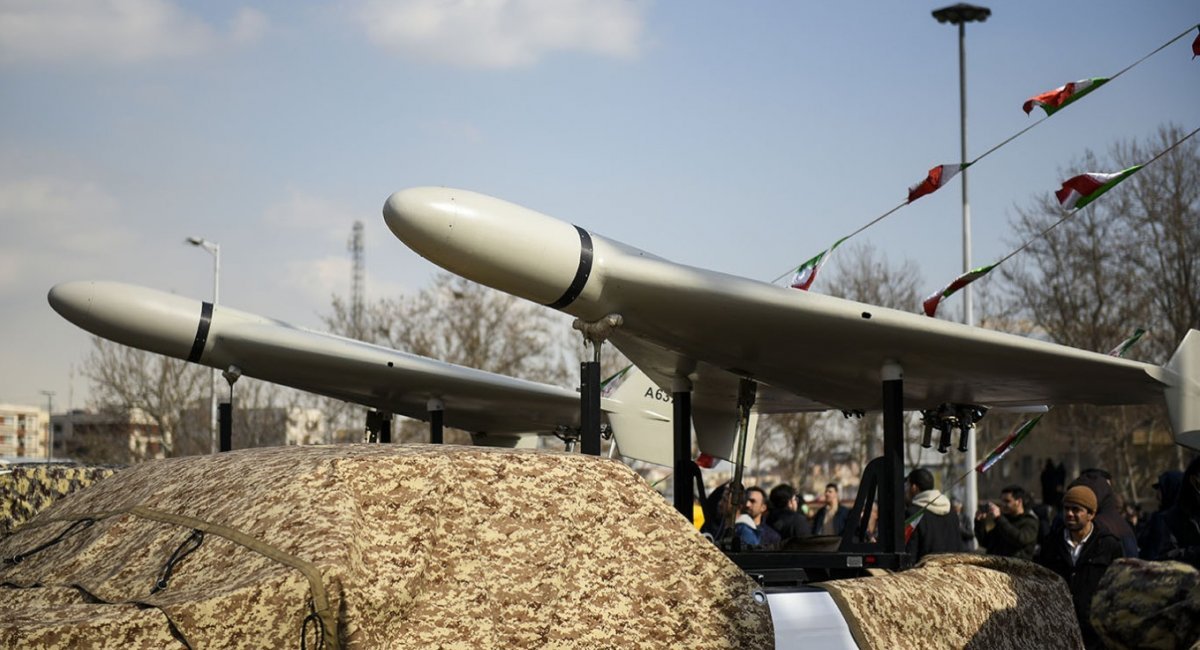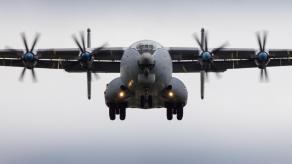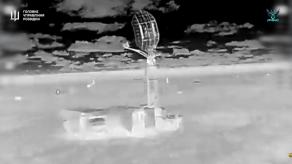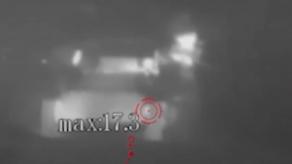The russian federation not only works on reducing the production costs of its version of the Iranian long-range Shahed-136 drone — for example, by ordering engines without starters and flywheels— but also on lowering the costs of launching them.
This is evidenced by information from the Security Service of Ukraine, revealing a collaborator working with russian manufacturers from Alabuga to develop a new launcher.
Read more: russia Intends to Illegally Set Up Shahed Drone Production in Temporarily Occupied Territories of Ukraine
The post also includes a photo of the launcher, which appears to be a pneumatic launch system. It is mounted on a trailer, with frames that fold or detach when in transit mode.
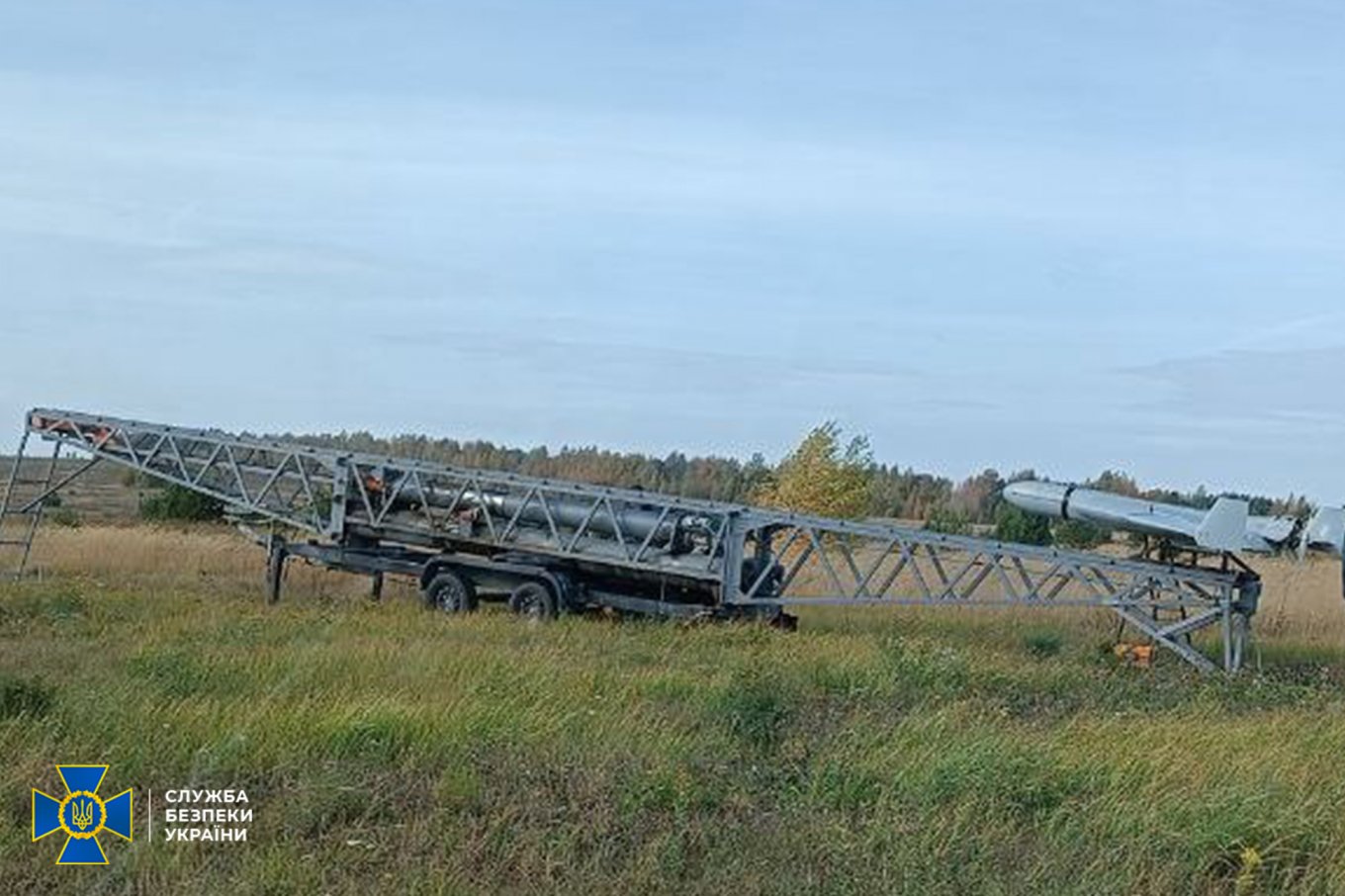
This launcher design is intended to replace the current launch mechanism, which consists of a simple holder and a rocket booster. With this new setup, russia seemingly aims to reduce costs, as the expenses for launching the Shahed-136 will decrease, and dependency on the supply of solid rocket boosters will be eliminated.
Let us recall that these primitive launch systems are exactly what the russians use, as evidenced by the first detailed wartime photo of a Shahed position, which appeared only in October this year. It’s also worth noting that these launch pads are located approximately 200 kilometers from the borders and the front line.
Notably, russia was unable to develop such a launcher independently and involved a 72-year-old mechanical engineer from Kharkiv in the project. This individual had a personal connection with the general director of a russian plant that manufactures parts for UAVs. Given that aiding an aggressor state can lead to up to 12 years in prison, the collaborator will likely spend the rest of his life behind bars.
Read more: russia Simplifies Shahed to the Utmost: Drone's Engine Lacks Starter and Flywheel




